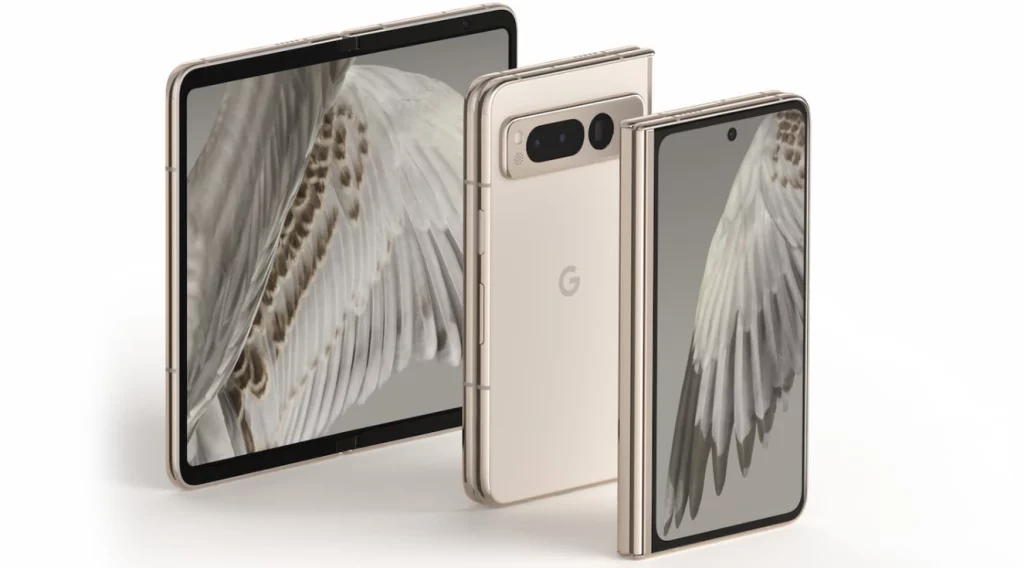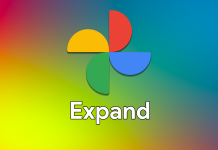Last month, Google unveiled its first-ever foldable phone called the Pixel Fold. The search giant previously revealed that it was indeed working on a second foldable phone that didn’t make it to the market. Now, in an interview with Engadget, two Google Product Managers have revealed more information on the Pixel Fold’s various aspects. Read on to know more below.
More details on the Pixel Fold revealed

The interview highlights how Google’s Pixel Fold differs from Samsung’s Galaxy Z Fold. The former has a compact form factor with a wider aspect ratio that resembles a passport. One of the product managers on the Pixel Fold team, Hwang says that Google wanted to make the foldable phone’s exterior display usable so that users can use it like a regular phone for quick interactions without having to open the device. The search giant focussed on exterior display first unlike other brands that focus on interior screen.
Hwang also reveals the Pixel Fold’s hinge, bezels, crease, and camera system. The Pixel Fold team designed a unique hinge mechanism that relocates the hinges to the very edge of the device. It reduced the thickness of the device, increased the difference between interior and exterior screen sizes, and Google was also able to make a phone that folds completely flat. The Pixel Fold’s bezels on the interior display were widely criticized, however, Hwang explained that Google opted for bezels to avoid using an under-display camera, improved durability and water resistance, and to provide a resting area for hands. The search giant also decided on a hybrid approach that produces a water drop-like fold instead of a full crease for minimizing the visibility of the crease.
Hardware and software are important parameters to enhance the foldable phone’s capabilities. Andrea Zvinakis, Product Manager from the Android Platforms team highlighted the importance of continuity and posture for the Pixel Fold. The former refers to the position of the phone’s screen from open to closed and every angle in between. She added that posture detection can enable dual-screen interpreter mode that allows two people to see different languages translated in real-time on each side of the screen. Zvinakis also mentioned other features such as a taskbar, dual shade, and split-screen.
Related:
- Google Play Store App Deals: Apps and Games on Sale this Week
- Google’s Settlement Amount of $23 Million to be Available for Claim for US Citizens
- Google Pixel Watch 2 will launch in two variants, Google app code hints





